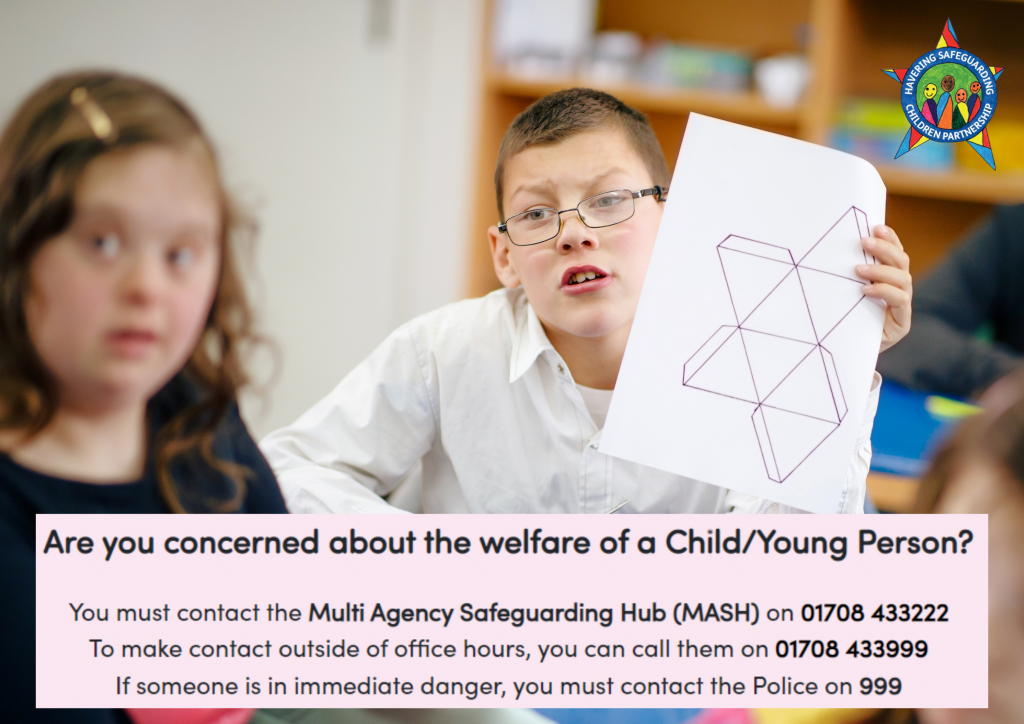Special Educational Needs & Disabilities
A video by NSPCC about safeguarding children and young people with SEND
The definition of SEN under the Special Educational Needs and Disabilities Code of Practice is:
‘A child or young person has SEN if they have a learning difficulty or disability which calls for special educational provision to be made for him or her.
A child of compulsory school age or a young person has a learning difficulty or disability if he or she:
- Has a significant greater difficulty in learning than the majority of others of the same age, or
- Has a disability which prevents or hinders him or her from making use of facilities of a kind generally provided for others of the same age in mainstream schools or mainstream post 16 institutions’
Section 17 of the Children Act 1989 defines any child with a disability as a “child in need”.
Since the Disability Discrimination Act 1995 was repealed in 2011 by the Equality Act 2010 it remains unlawful to discriminate against a disabled person in relation to the provision of services. This includes making a service more difficult for a disabled person to access or providing them with a different standard of service. The Disability Discrimination Act 2005 (DDA) and the Equality Act 2010 define a disabled person as someone who has:
“a physical or mental impairment which has a substantial and long term adverse effect on his or her ability to carry out normal day to day activities”
Due to factors related to a child’s or young person’s disability, such as their increased need for different carers and the intimate nature of the care that is needed, disabled children and young people are up to three times more vulnerable to significant harm through physical, sexual, emotional abuse and/or neglect than their peers. The presence of multiple disabilities appears to also increase the risk of both abuse and neglect.
Research has also suggested that they are subject to lower levels of reporting and are less likely to be subject to a Child Protection (CP) Plan than other children and young people.
Here are some of the ways in which vulnerability is increased for children and young people with disabilities:
- Many disabled children are at an increased likelihood of being socially isolated with fewer outside contacts than non-disabled children;
- Their dependency on parents and carers for practical assistance in daily living, including intimate personal care, increases their risk of exposure to abusive behaviour;
- They have an impaired capacity to resist or avoid abuse;
- They may have speech, language and communication needs which may make it difficult to tell others what is happening;
- They often do not have access to someone they can trust to disclose that they have been abused; and/or
- They are especially vulnerable to bullying and intimidation.
The following abusive behaviours must be evaluated in addition to the standard symptoms of abuse/neglect:
- Using ill-fitting or ineffective equipment (e.g., callipers, a sleep board that could cause harm or pain, or ineffective splinting), which could result in pain or injury.
- Force feeding
- Undignified age or culturally inappropriate intimate care practices
- Procedures that are carried out against a child’s will or by individuals who lack the necessary abilities.
- Contrary to the child’s wishes, invasive techniques are used.
- Programmes or regimes that have been misapplied
- Deliberately failing to adhere to medically prescribed regimes
- Using medication in ways that aren’t medically recommended, such as drowsiness or severe tranquillization.
- Discipline that isn’t appropriate, such as withholding medication or food, restricting movement, or removing necessary equipment
- Harsh treatment or rough handling
- Attempting to restrain a child without first learning how to do it securely
The London Safeguarding Children Procedures and Practice Guidance includes a specific chapter on Disabilities. To read please click here
The national guidance Safeguarding Disabled Children – Practice Guidance (DCSF 2009) provides a framework collaborative multi-agency responses to safeguard disabled children.
Protecting disabled children: thematic inspection, Ofsted, August 2012
Communicating with children and young people with speech, language and communication needs and/or developmental delay, Research in Practice (RiP), 2016
Child Protection and the Needs and Rights of Disabled Children and Young People: A Scoping Study, Stalker et al, University of Strathclyde, 2010
The Centre for Education and Youth for Department for Education: Introduction to SEND (Films)
You can also view our Special Educational Needs and Disabilities Page for parent/carers for some more information.
Reporting Concerns


For more information about LADO please see our 7 Minute Briefing by clicking here
In April 2023, the National Panel published guidance following the Hesley Review regarding children with disabilities placed into residential care settings in Doncaster. The learning is here and very applicable for all who work with children, young people and adults with Special Educational Needs and Disabilities (SEND) in any setting.
The Review found:
- The children experienced significant harm and abuse – their voices were not heard.
- The leadership and management at the provision were inadequate with a “closed culture” that gave rise to poor practice and misconduct by care staff.
- The quality of care for the children was affected by high rates of vacancies and staff turnover, poor quality training, support and supervision.
- There was evidence of limited impact of quality assurance by the provider and placing local authorities, and by Ofsted at the regulator.
- There was a failing in the function of the local authority designated officer (LADO) role in Doncaster reflecting wider national concerns about the effectiveness of the LADO function generally and the responsibilities of “host” local authorities in relation to residential provision in their area.
Find out more here:
